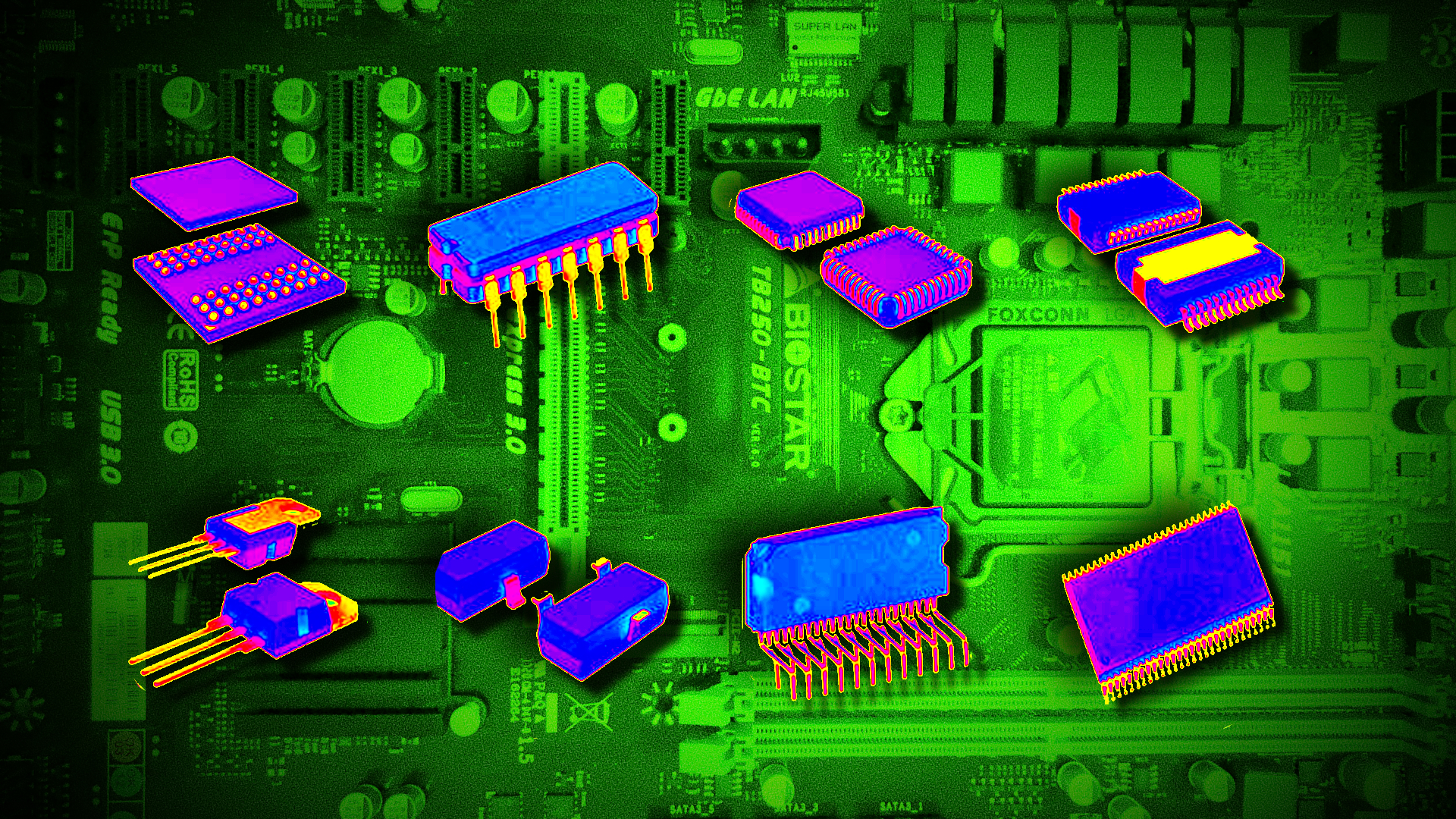It’s certainly not the first time that there has been a semiconductor crisis in the past decade, however this time it looks set to last for possibly the next couple of years. So what’s going on exactly and how might this affect you.
Well first and foremost everything pretty much that we use on a daily basis from the second we wake up from our alarm clocks, toothbrushes, razors, phones, televisions and kitchen appliances to our wristwatches, cars, computers, our pets and security cameras as well as newer technologies, products, services, software, cryptocurrencies, 5G, cloud computing… basically all the way through our day, to the minute we go to bed heavily relies on devices and systems that cannot function without microchips.
Across industries due to new technologies, eco-friendliness, the pandemic and through consumerism there has been an almighty increase in demand from almost every sector of the market and understandably chip manufacturers are struggling to keep up with demand. Surprisingly or not, though the demand from smartphone and car manufacturers had caused a backlog in production last year, much of what we are seeing today has predominantly been caused by the pandemic, more equipment for hospitals has been needed, more people working from home than ever recorded, all needing computers, other office equipment and devices, as well as more of us shopping online not just to buy our weekly food but surfing the net using far more compute memory, and buying more new electronic devices, that also use microchips. Demand which had only just got out of hand, exploded out of control.
However it’s not a simple case of chip manufacturers going out to find new premises to expand into to meet the additional demand, it takes tens of billions of dollars to build the facilities required and once they are built it can take a year or two of testing before the factory is given the green light, and it doesn’t always fair favourably for those who have spent the money on developing such facilities with at least five of these factories in the last 15 years never making it to production, sometimes simply due to red tape, or because the costs to get the house in order goes far beyond budgets and funding, so there is little wonder as to why so few companies are willing to take the huge financial risk, though things might be about to change, which I will come to in a bit, but even if they do change soon, we could be in for a few years of higher prices on all products that use microchips, as well as further shortages in the supply of products, leading to further increases in retail prices.
Where are semiconductors made?
At present 63% of the world’s semiconductors are manufactured in Asia; Korea 31%, Taiwan 17%, China 10% and Japan 5%. The US which used to be one of if not the world’s largest chip manufacturers now accounts for just 28% of manufacturing but only supplies 12% of that to the world, while Europe accounts for 4% and elsewhere combined 5%.
Manufacturing expansion though under pressure in these countries is stable with only China making waves with rapid expansion in manufacturing facilities, which has understandably lead to the US department of defence to call this rapid advance in production a national security threat as anything could be placed onto these chips to help cyberwarfare, and as we have just witnessed with the fallout from the Colonial pipeline ransomware attack that pretty much cut off the gasoline supply to most of eastern USA, which also unveiled a 300% increase in cybercrime in the industry over previous years, shows the emphatic need for more control on the production of semiconductors. Subsequently under a provision under the NDAA (The National Défense Authorization Act) first passed into law in 1961, the US government will be providing aid to the tune of $174 billion to the US semiconductor sector over the next 10 years. They are also looking to relax old laws that held the semiconductor manufacturing industry back from expanding. Though this undoubtedly is warmly welcomed by the industry it still will take many years before the US and the rest of the world become less heavily reliant on microchips being produced in Asia.
Should you be doing anything to protect yourself and your business?
In short yes, if the reports are right then the shortage in microchips and therefore products will last until 2023, and the knock on effects could be just as long and damaging, so if you rely on your computers, servers, devices and suchlike then I suggest that you start to look at a backup plan sooner rather than later just in case any of your systems fail in that timeframe, and to avoid higher costs and wait times.
If all of your work is carried out through the cloud and not via in-house servers then you may wish to consider getting your hands on a back-up computer, modem, printer or any other hardware you may require, obviously newer items have a longer life expectancy but as a rule of thumb anything which is high usage and over 5 years old, doesn’t, and these are the items you should at least consider getting a back-up for. Alternatively if your servers are old or you are looking at the prospects of using the cloud, then maybe this is the time to migrate across. If you need advice, require guidance or help in setting the right cloud computing for your business then we are more than happy to help.
If however you do rely on in-house servers, then 100% do not sit around and do nothing, this is the time to take action, it is currently taking several months to order certain microchips which before the crises were readily available with next day delivery, and delivery times are on the increase. We all know how much of a headache and financial burden a lost day can make, we’ve certainly had enough of them recently, so a proactive instead of a reactive approach is needed! If you would like help and guidance with this, then our team are happy to help.











